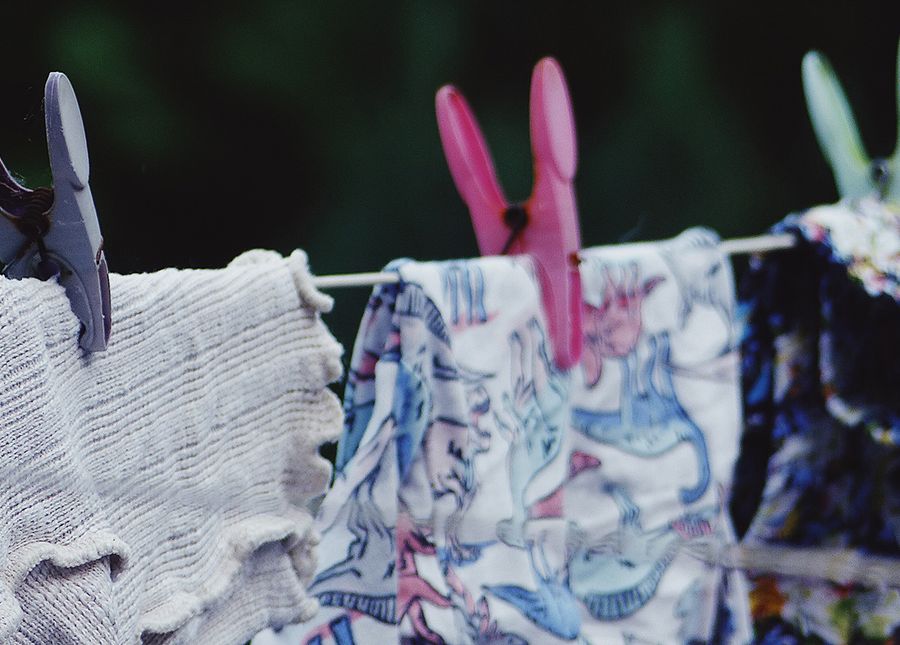So you or your loved one is moving into aged care, and you’ve hopefully done the smart thing and sought out financial advice. You may already have reduced your assets so you can increase your pension and lower your aged care fees. You’re pretty sure you’re all set. And you are – to a degree. Your financial situation evolves and changes over your lifetime – including when you live in aged care. Here are some other things to keep in mind.
Fees aren’t set in stone
A key point to keep in mind when you’re living in aged care is that, if your assets change over the time you’re living there, so will your fees and entitlements. This is especially important for couples when one partner moves into aged care while the other remains in the home, or if they decide to take different approaches to their individual aged care payment methods.
If one decides to pay a RAD while the other decides on a DAP, this could impact each other’s aged care fees and pension entitlements. It’s a good idea to work consistently with a specialist aged care financial advisor to make sure your financial arrangements are serving you best every step of the way.
Build in a buffer zone
If you do sell your home to fund your move into aged care, you may think you’ve hit payday with that lump sum. Just be sure to build in a buffer zone as, like traffic in a side view mirror, things may appear larger than they are. Your financial situation may appear better than it actually is, once you break everything down and account for all future costs.
It’s not a gift, it’s a loan
If you’ve decided you want to pay a RAD but you don’t quite have enough cash for it, it’s possible one of your children or family members might offer to help out and either chip in the shortfall – or pay the whole lot. While kind, this can be risky if there is any room for misinterpretation.
If this contribution is a loan, this must be made abundantly clear to all parties involved, with an understanding that this loan will be repaid when the resident leaves aged care or passes away. The safest way to avoid any disputes is for the person in aged care to amend their will to state that the child or relative who loaned the money should be repaid the original amount, then the rest of the estate can be distributed accordingly. If these measures aren’t put in place, the RAD will be paid into the deceased estate – and the in-fighting and misunderstandings might begin. So keep it clean and clear.
How far is too far?
It’s savvy to reduce your assets before moving into aged care but go a step too far and you might not be able to afford the residential care home you want. If you have assigned someone enduring power of attorney, they’re often asked to sign a guarantee on the aged care fees so make sure they’re aware of this so they can protect themselves.
Mi casa es su casa – as long as you pay for it
Sometimes, families decide against moving their loved one into aged care and prefer to take care of it themselves. If family or close friends can live with and support an older person needing daily care, it’s a wonderful thing. You might even choose to sell the family home and use that money to build a granny flat or extension for a loved one to live in. Or perhaps a family member can move into the family home to provide care in exchange for part or sole ownership of the house. Centrelink calls these situations ‘granny flat’ arrangements.
Bottom line: get advice
Whether you decide to go down the comforting path of home care, a ‘granny flat’ arrangement (even if it’s grandpa!) or the security and safety of residential aged care, make sure you have a formal family agreement in place. Get some solid financial and legal advice by aged care financial specialists, as the situation can quickly change. Moving into aged care can be sudden, but you don’t have to be taken by surprise.

Get financial advice and guidance for transitioning family members to an aged care facility
Clarity Aged Care Advisors, in partnership with DailyCare




